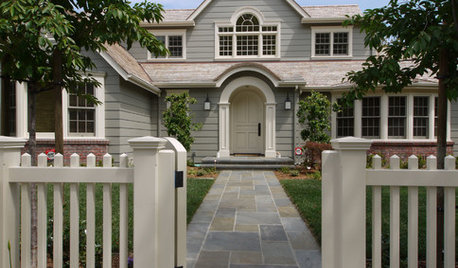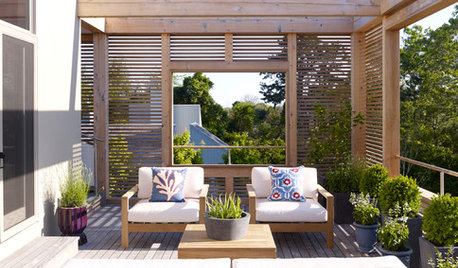watering trees before hard freeze?
lou_spicewood_tx
14 years ago
Featured Answer
Sort by:Oldest
Comments (16)
puglvr1
14 years agolast modified: 9 years agotapla (mid-Michigan, USDA z5b-6a)
14 years agolast modified: 9 years agoRelated Professionals
Windham Landscape Architects & Landscape Designers · Middle Island Landscape Architects & Landscape Designers · Mitchellville Landscape Architects & Landscape Designers · Little Ferry Landscape Contractors · Madera Landscape Contractors · Oklahoma City Landscape Contractors · Pleasant Hill Landscape Contractors · Shenandoah Landscape Contractors · Suisun City Landscape Contractors · Shelton Solar Energy Systems · Baileys Crossroads Window Contractors · Santa Cruz Window Contractors · Altadena Fence Contractors · Columbia Fence Contractors · Tallahassee Fence Contractorspuglvr1
14 years agolast modified: 9 years agolou_spicewood_tx
14 years agolast modified: 9 years agotapla (mid-Michigan, USDA z5b-6a)
14 years agolast modified: 9 years agoronalawn82
14 years agolast modified: 9 years agotapla (mid-Michigan, USDA z5b-6a)
14 years agolast modified: 9 years agolaura1
14 years agolast modified: 9 years agocebury
14 years agolast modified: 9 years agotapla (mid-Michigan, USDA z5b-6a)
14 years agolast modified: 9 years agocebury
14 years agolast modified: 9 years agojodik_gw
14 years agolast modified: 9 years agoronalawn82
14 years agolast modified: 9 years agotapla (mid-Michigan, USDA z5b-6a)
14 years agolast modified: 9 years agoronalawn82
14 years agolast modified: 9 years ago
Related Stories

HOUSEKEEPINGOutdoor Home Prep to Do Before Hard Winter Hits
Avoid cracking, rusting and rotting during freezes by taking care of these tasks now
Full Story
GREEN BUILDINGThe Big Freeze: Inventors Break New Ground to Keep Things Cool
Old-fashioned fridges can be energy guzzlers, but there are more eco-friendly ways of keeping food fresh, as these global innovations show
Full Story
LIFEHard Winter? 9 Ways to Battle Cabin Fever
We know a lot of you are trapped where it just won’t stop snowing. Here are some ways to survive
Full Story
HOUSEKEEPINGDon't Touch Another Stain Before You Read This
Even an innocent swipe with water may cause permanent damage. Here's what to know about how rugs and fabrics react
Full Story
FARM YOUR YARD6 Things to Know Before You Start Growing Your Own Food
It takes time and practice, but growing edibles in the suburbs or city is possible with smart prep and patience
Full Story
FRONT YARD IDEASBefore and After: Front Lawn to Prairie Garden
How they did it: Homeowners create a plan, stick to it and keep the neighbors (and wildlife) in mind
Full Story
HOUSEKEEPINGProtect Your House From Winter Water Damage
Avoid costly repairs by learning to spot potential problem areas before water damage is done
Full Story
HOUZZ TOURSHouzz Tour: A Hard-to-Find Door Just Adds to the Experience
A roundabout entry allows guests to fully enjoy this modern cedar box perched over a creek in Austin, Texas
Full Story
LANDSCAPE DESIGNCelebrate a Sunny Climate With the Right Leafy Palm for Your Site
So you get freezes or floods. So your garden is small. These palms send excuses riding off into the tropical sunset
Full Story
GARDENING AND LANDSCAPINGWhat to Know Before You Buy Teak Outdoor Furniture
Learn about finishes, weathering, care and that age-old oil debate to get the teak furnishings that suit you best
Full Story






tapla (mid-Michigan, USDA z5b-6a)